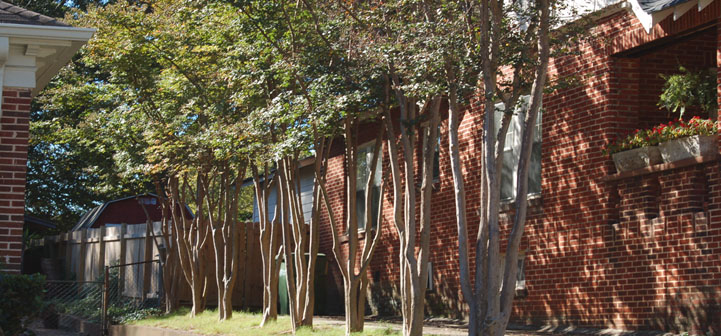Depending on the construction of your home, one of the most cost effective ways to save money on heating costs is to insulate an uninsulated foundation or basement. Concrete is an extremely poor insulator. A material’s resistance to heat transfer is measured as R-value. The R-value of 10 inches of poured concrete is 1 (R-1), the same as a single-glazed window. An uninsulated foundation is similar to surrounding the entire house with single-glazed windows. Many people mistakenly believe the ground …
What is a perm rating?
It is a standard measure of the water vapor permeability of a material. The higher the number, the more readily water vapor (in the gaseous state) can diffuse through the material. A perm rating of less than 0.1 is considered a Class I impermeable vapor retarder (which is also considered a vapor barrier); perm rating between 0.1 and 1 is considered a Class II semi-permeable vapor retarder; a perm rating between 1 and 10 is a Class III …
Do I need to insulate and weatherstrip the attic access door?
Yes, if the attic access door is within the living space and can open directly into the attic. Whether in a hot or cold climate, the access door should be treated just like an outside entrance door; it must be insulated and weatherstripped.
During cold and windy weather, heat loss and air leakage through uninsulated and non-weatherstripped ceiling openings is a major source of energy loss (resulting in higher heating costs). During the heat and humidity of the summer, where …
How should we insulate the floor of a raised house in a flood zone to avoid moisture problems?
Moisture tends to condense on subfloors that are cooled by air conditioning in summer. Insulation can actually make the problem worse by keeping the subfloor cool. Although research is needed, there are several possible approaches to reduce condensation on the subflooring:
1. Make sure rain drains away from the house on all sides. Your yard should have a 5% slope all around the house.
2. Make sure the ground under the house is higher than surrounding grade.
3. Cover the …
My attic is inaccessible. How do I check for insulation?
If an attic is not accessible, you should consider using an experienced energy auditor, or insulation contractor to assess your attic insulation level(s). An auditor, or contractor using special diagnostic equipment, may be able to determine existing insulation levels and opportunities for additional energy savings. In some cases, the only way to gain access to the attic and determine insulation levels is to cut into the attic from the inside or the outside. For more information, contact your local Extension …
Is old insulation in heating and cooling ductwork hazardous to my respiratory health?
Depending on what the insulation type is and it’s age, this flexible ductwork could create health problems. The ductwork insulation material may be glass fiber or another product such as asbestos containing material. The only way to tell for sure is to have a certified public or industrial health lab test a sample to determine if it is glass fiber, asbestos, or another product. Before taking a sample of the material yourself, to avoid generating a hazard, contact the a …
If fiberglass insulation is wet, does that mean it is ruined and needs to be replaced?
Glassfiber insulation is made from strands of glass fiber and temporarily loses its thermal resistance when it gets wet. However, if it can dry out and has not become compacted, it will retain its insulating properties.
Wet insulation in a closed wall cavity will usually not rapidly dry out. Wet insulation in a wall will migrate to the bottom soaking the wallboard and framing materials. Wetness (existing even just for a few days) will not only reduce the insulating quality …
What does insulation do? How does it make my house warmer?
Insulation doesn’t “heat” an area, it simply slows down heat movement through building materials. Since heat will always move to a colder source, in cold climates, insulation slows the heat from leaving the house and in hot climates insulation slows down the hot outside air from entering the cool inside. The result in both climates is energy saved by keeping the air conditioner or the furnace from operating as often.
There are many types and forms of insulation, and some …
Can I install insulation myself, or should I hire a contractor?
Depending on the construction of the home, the amount and type of insulation present, and accessibility to specialized equipment, a handy consumer may be able to install insulation in a home.
For example, if the house has an open attic space without insulation, a consumer may be able to easily roll out glass fiber insulation. However, if the attic space is finished, or the attic requires additional blown-in insulation, the consumer will be required to have access to an insulation …
Using Infrared Imaging to Find Home Energy Problems and Needs
Reviewed and Revised on 10/10/2013
Infrared Thermometer
A simple way homeowners can check their homes for heat loss is with an infrared thermometer. Infrared thermometers vary in cost, but generally are around $50. Depending on the season, a homeowner can find areas in a home where air and heat are leaking. The bigger the difference between the inside and outside temperature the easier it is to detect heat leaks. The North Dakota State University …

